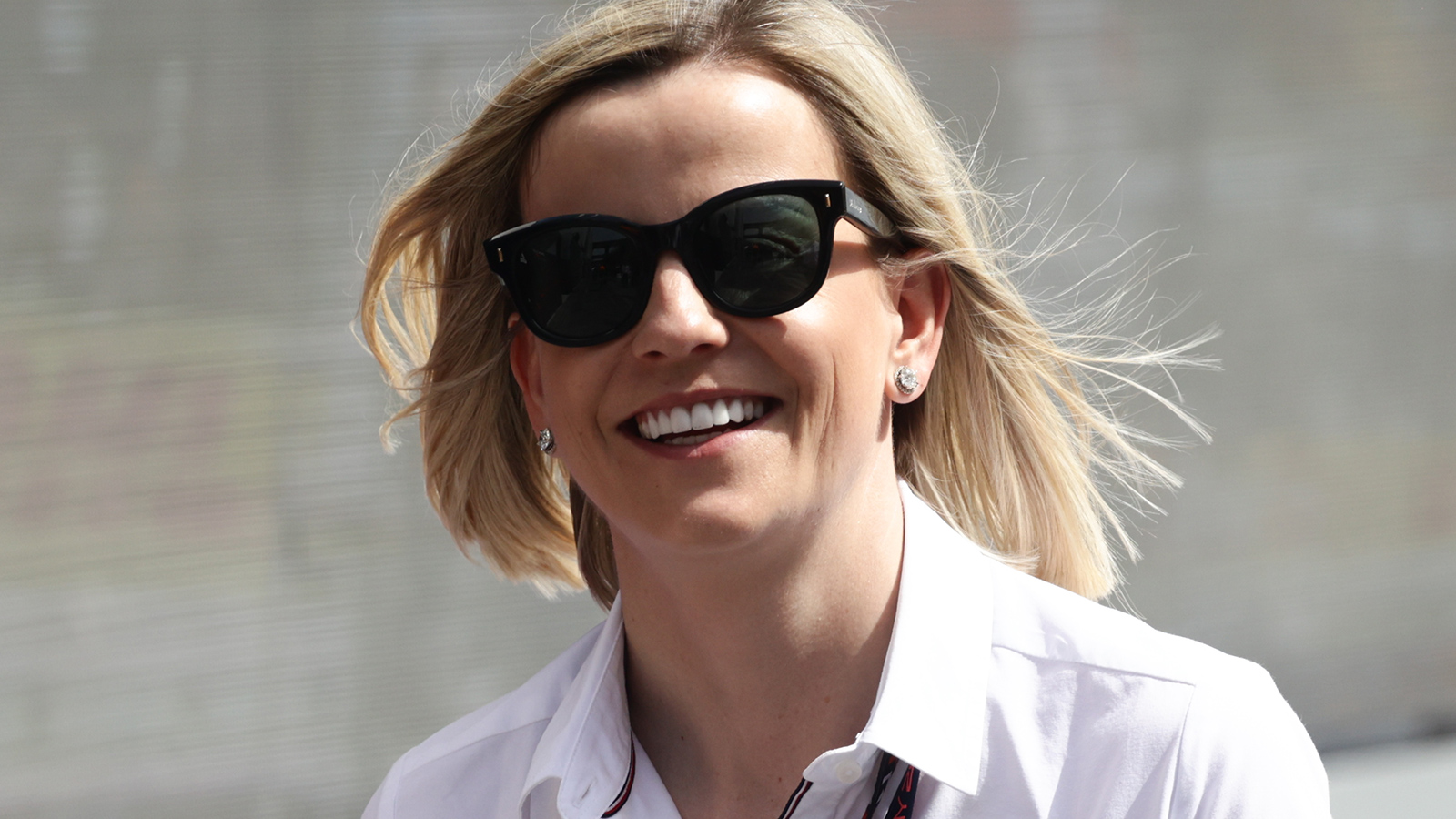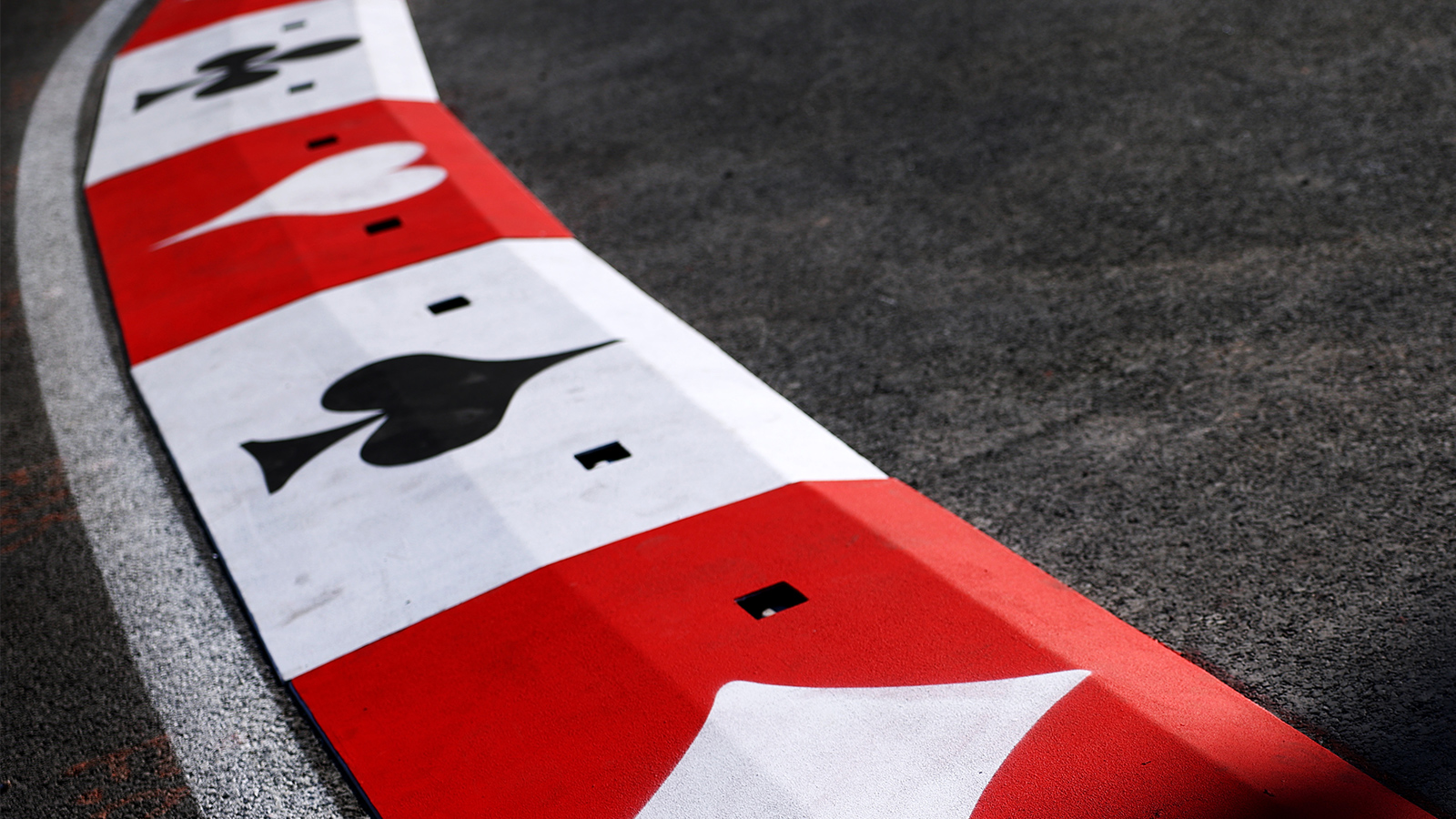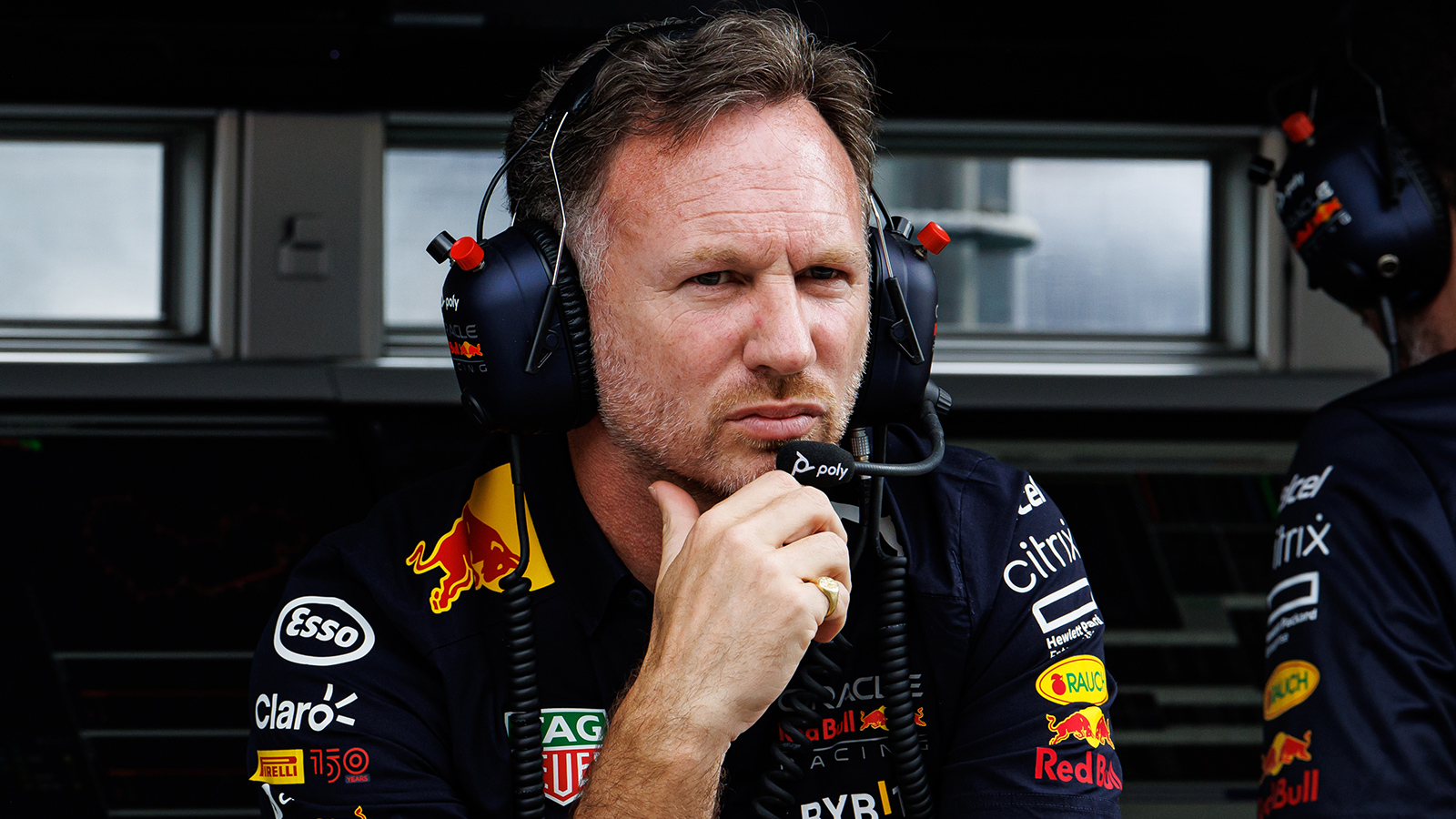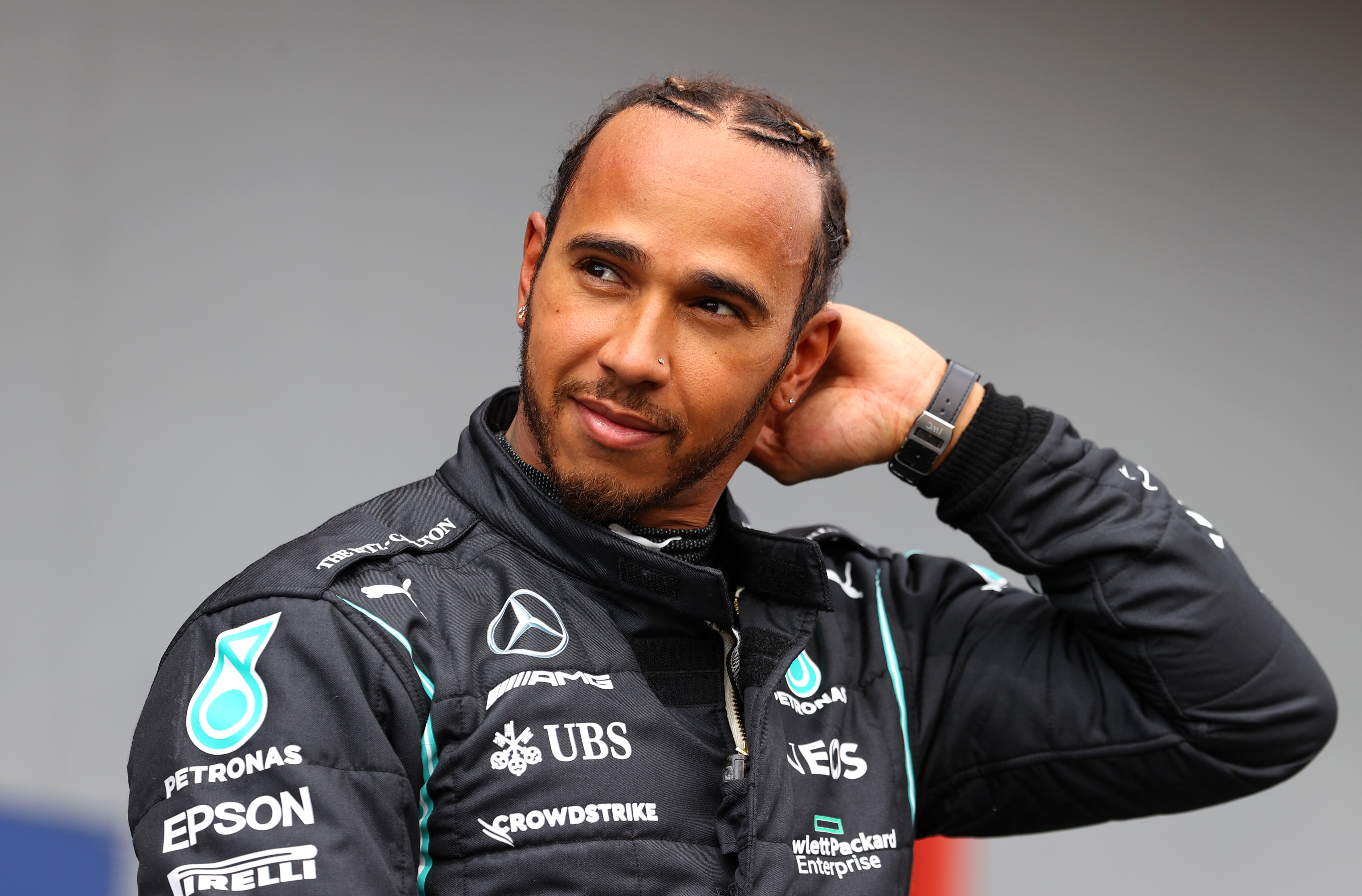
Why Formula 1 Drivers Like Lewis Hamilton and Sergio Perez Have the Strongest Necks in All of Sports
Formula 1 racing is much more demanding than driving in circles. Many people don’t understand why drivers need intense physical training to stay safe and succeed. Strong necks and grip strength are critical when dealing with the extreme g-forces present during a Grand Prix.
Racing greats like Lewis Hamilton and Sergio Perez make sure they’re in shape and have the strongest necks in all of sports.
A simple F1 racing guide
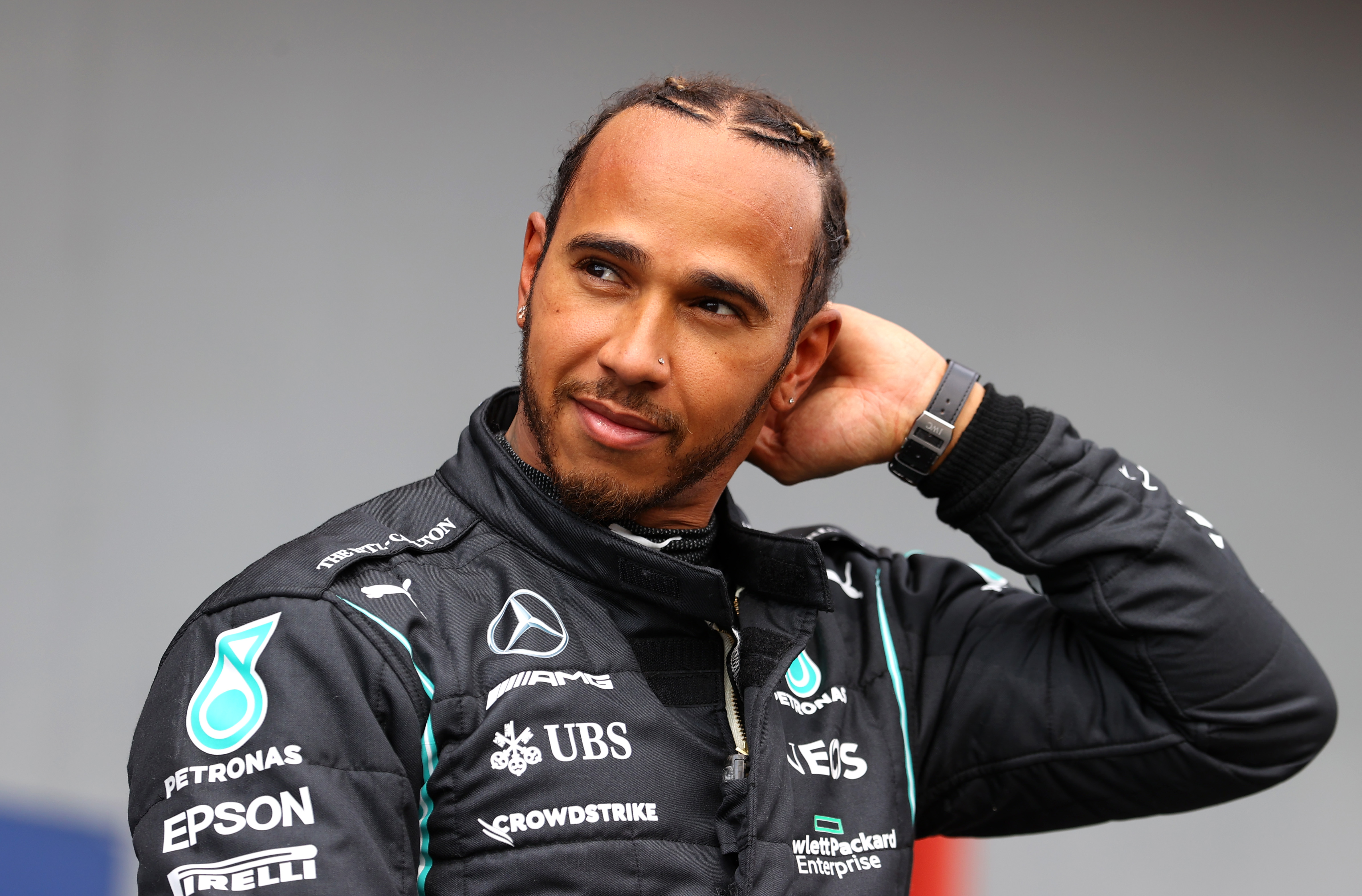
Formula One racing, also called F1 for short, is the highest level of single-seat, open cockpit international motor racing competition. Each race within the season is called a Grand Prix and varies throughout the years but typically includes 19 or 20. The races are held all throughout the world in countries like Argentina, Bahrain, and the United States.
According to Tutorials Point, the minimum distance of laps is 305km (190 miles) except for Monaco, which is 260km (160 miles). The race cannot exceed two hours. If it does, it’s considered over at the end of that ongoing lap.
There are plenty of rules and regulations drivers and their teams must follow. That includes everything from car construction to driver safety gear.
The reality of g-forces in Formula 1
G-force is a type of measurement of force or acceleration. One g is equivalent to the amount of force on a body standing still. Accelerate, and the velocity will change faster than gravity — increasing g-forces. In F1 racing, there are plenty of accelerations, making it essential for drivers to learn how to deal with them.
With drivers regularly experiencing 4-5 G’s, that added pressure, along with the weight of their helmets, makes it tough to bear. To deal with it, strengthening the entire body, but especially the neck is extremely important.
On some turns, drivers can experience up to 8 Gs of acceleration, according to The Drive. To combat this pressure, Hamilton focused on strengthening his neck, going from a 14-inch collar when he started racing to an 18-inch one today.
Fellow racer Fernando Alonso uses his thick neck muscles for a party trick; he can crack a walnut between his head and shoulder. Drivers regularly train their neck muscles several times a week but also need breaks in between for rest and recovery.
F1 drivers maintain grueling workout schedules
It’s easy to understand why football and basketball players need intensive workout routines. They’re constantly in motion, running the court or making a big tackle. But driving a car? That doesn’t seem so tough. Wrong! Besides contending with g-forces, drivers deal with extreme heat in the cockpit, all while trying to navigate the track and steer accordingly.
Essentially Sports reports that driver Carlos Sainz agrees that most people can’t understand how physically intensive a race is. “People can’t imagine the stress the body suffers during a Grand Prix. The only way to be fit to drive an F1 car is by driving an F1 car.” And driving an F1 car requires physical training and a lot of it.
Most drivers have a trainer or team of trainers to help them acquire overall body fitness but specifically focus on neck, core, and grip strength. Formula 1 released a YouTube video of common exercises used for training. In addition to the areas described above, it focuses on back and leg muscles constantly used during races.
Other exercises, like hand swapping or even catching sticks, are important grip training techniques but also useful for reaction time and coordination. With heart rates averaging 170 bpm during races, drivers routinely do cardio exercises to keep up their fitness levels.
